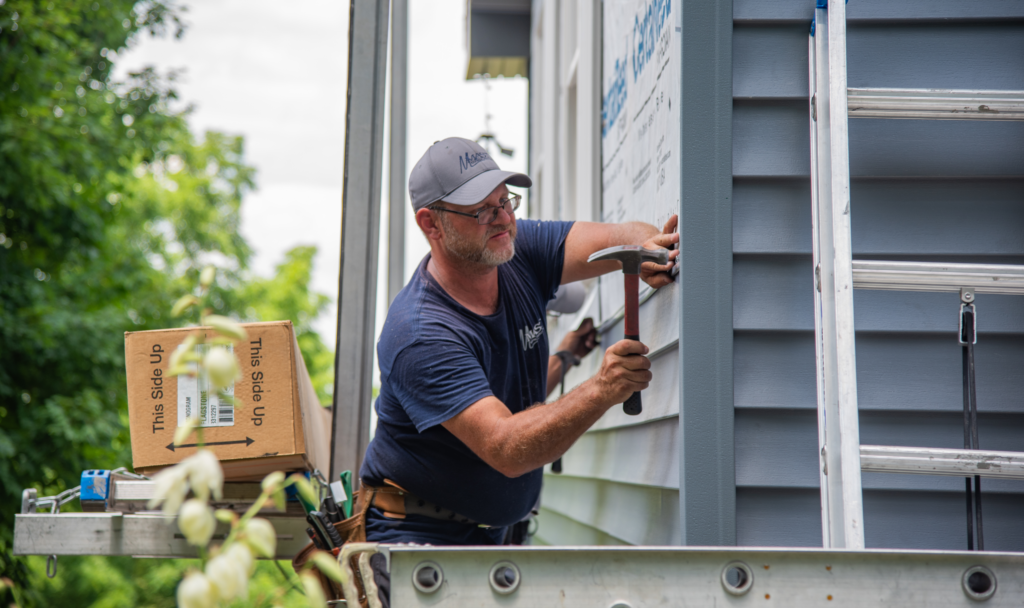When You Need Roofing Service for Your Residential or Commercial Property, Call Us!






Our Team is Equipped to Serve with Excellence
"*" indicates required fields
Ready to bring your project to life? Let’s talk about your vision, budget, and timeline.










We are a roofing & construction company committed to providing our community with peace of mind from the top down since 1997.
